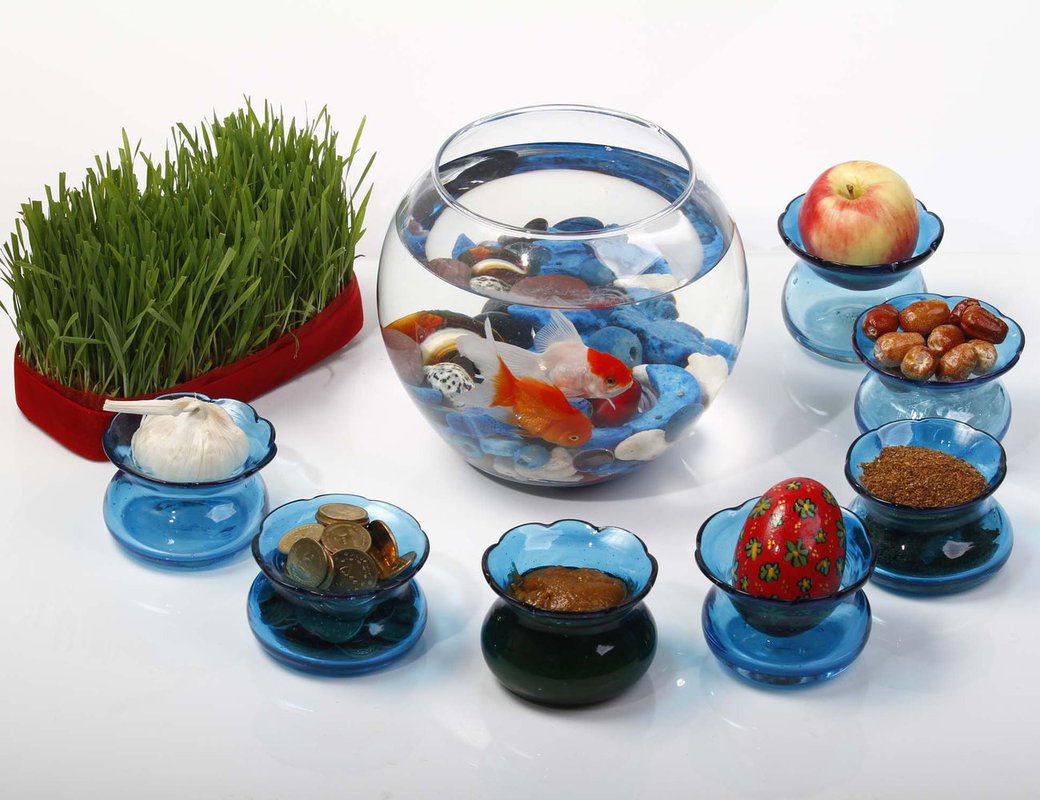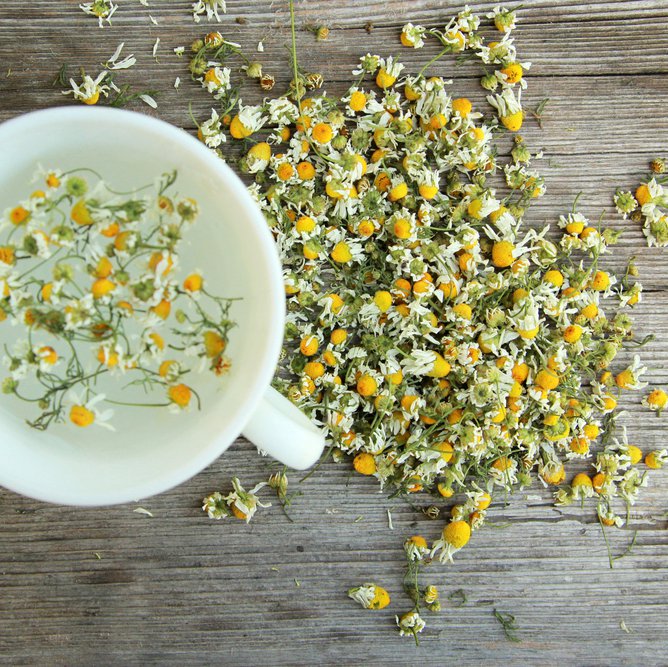Nowruz: The Persian New Year celebration

Nowruz, the Persian New Year, is a day observed by 300 million people of many different religions and cultures in 23 countries, from Albania in the West to China in the East. Celebrated every year on the March equinox (the first day of spring, Nowruz (pronounced no-rooz) is a time to look forward to the year ahead with loved ones at a very special dinner table
The Haft-Seen table
As the equinox happens at an exact time (1:36 pm Dubai time this March), families will sit around the Haft-Seen table and count down the seconds to the start of the New Year. Haft-Seen translates as ‘Seven S’s’ and as seven is seen as a lucky number, the New Year dinner table will have at least seven specific items displayed on it. All of these foods, herbs and flowers begin with the letter S in Persian and each has its own meaning.

On the Haft-Seen table...
- Sabzeh (green herbs), representing rebirth
- Samanu (sweet pudding), representing affluence
- Sanjed (dried fruits) representing love
- Serkeh (vinegar), representing patience
- Sib (apple), representing beauty
- Sir (garlic), representing protection
- Sonbol (hyacinth), representing spring’s arrival
You may also find...
- Sham (candle) representing light
- Sekkeh (coins) representing prosperity
- Ttokhmeh morgh (egg) representing animals and fertility
- Yehneh (mirror) symbol of allowance
- Mahee (fish in water) representing life

Taken as a whole, the items are a reminder of constant renewal, of Spring and a fresh start – after all, Nowruz directly translates as ‘New Day’. This year, Nowruz will be celebrated on Saturday, March 20th, with Sizdah Bedar (Nature’s Day) marking the end of the Nowruz festivals thirteen days later.
Discover the many benefits of calming camomile that go far beyond a simple cup of soothing and refreshing tea”
